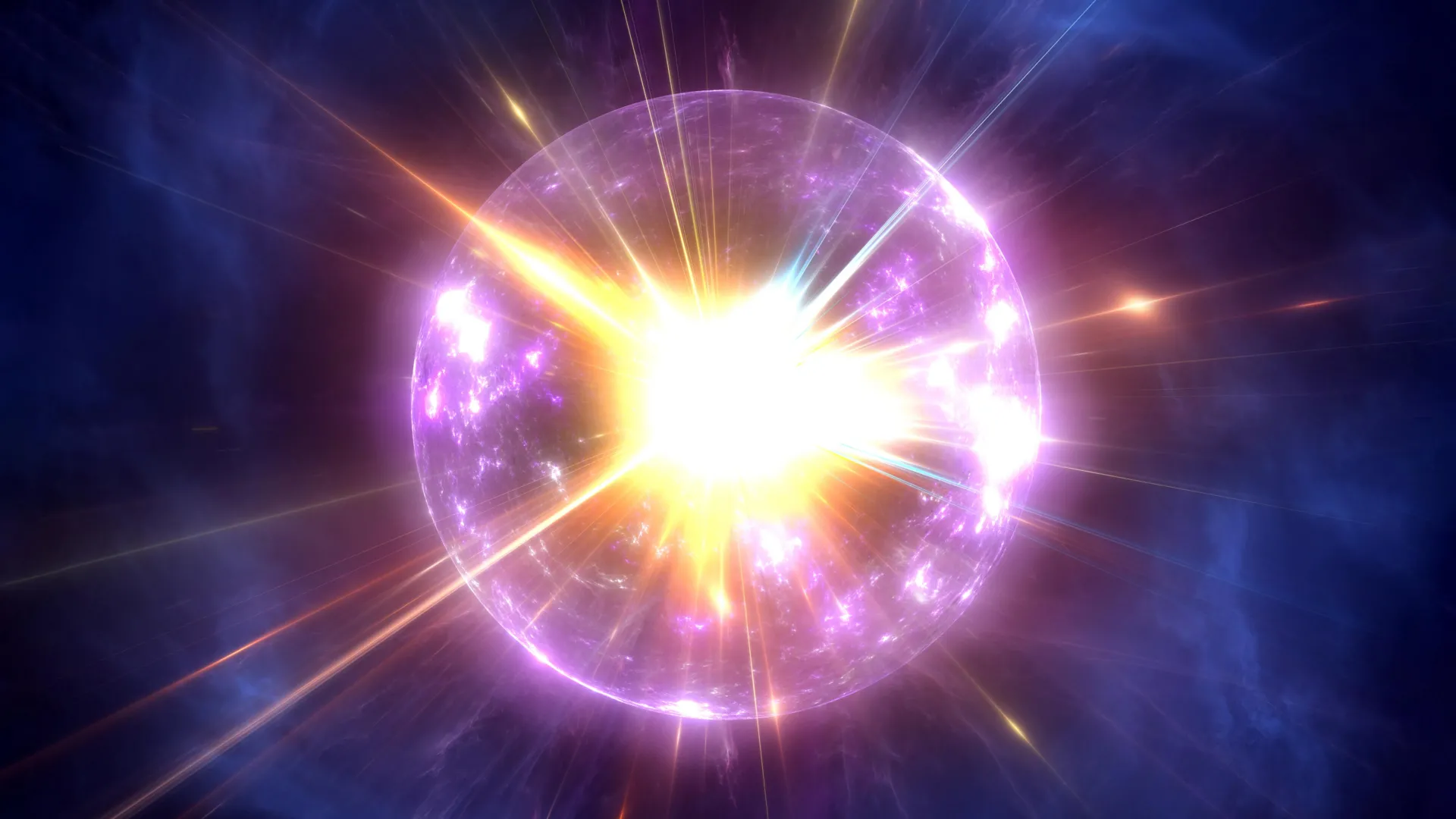A groundbreaking theory from the University of Ottawa suggests that dark matter and dark energy may not exist as previously believed. Instead, researchers propose that the effects attributed to these mysterious components of the universe could be explained by the gradual weakening of fundamental forces over time. This new equation, put forth by Adjunct Professor Rajendra Gupta, has the potential to transform our understanding of cosmic phenomena.
For decades, scientists have maintained that dark matter and dark energy constitute the majority of the universe’s mass-energy content. However, Gupta’s research challenges this long-held assumption, positing that the universe’s changing forces might create the illusion of these elusive substances. The study indicates that as the universe expands, the strength of forces such as gravity diminishes, leading to observed cosmic behaviors that have puzzled astronomers.
Reassessing Cosmic Forces
“The universe’s forces actually get weaker on average as it expands,” Professor Gupta explained. “This weakening creates the appearance of a mysterious push driving the accelerated expansion of the universe, often attributed to dark energy. At the galactic level, variations in these forces lead to effects typically ascribed to dark matter.” According to Gupta, his framework uniquely addresses two distinct phenomena: one at the cosmological scale, over 600 million light years, and another at the astrophysical scale, where the universe’s distribution of mass is uneven.
Gupta’s model offers a single equation to account for both scales without relying on dark matter or dark energy, thereby simplifying the complexity of the cosmos. He asserts that the variations in nature’s constants, as they evolve with the universe, are responsible for various observed phenomena, including galaxy rotation and clustering.
Exploring Galactic Dynamics
In prior investigations, Gupta questioned the existence of dark matter on a cosmic scale. His latest research extends this inquiry to smaller, astrophysical scales, particularly focusing on galactic rotation. A new parameter, referred to as α, emerges when the coupling constants—quantities that describe the strength of fundamental forces—are allowed to evolve. This α term serves as an additional factor in gravitational equations, replicating effects previously explained by dark matter and dark energy.
At larger scales, α is treated as constant, such as when analyzing data from supernovae. Conversely, within individual galaxies, α varies based on the distribution of ordinary matter like stars and black holes. In regions dense with matter, the effect is minimized, while it becomes more pronounced in sparser areas. This behavior accounts for the unexpectedly high velocities of stars in the outer regions of galaxies without invoking the presence of unseen dark matter halos.
The implications of Gupta’s findings extend to longstanding astronomical questions. He notes, “For years, we’ve struggled to explain how galaxies in the early universe formed so quickly and became so massive. With our model, there’s no need for exotic particles or breaking the laws of physics. The timeline of the universe simply stretches, allowing for everything we observe.”
By effectively lengthening the universe’s age, this theory enhances our understanding of the formation of significant structures, such as galaxies and black holes, shortly after the Big Bang. Gupta contends that this paradigm shift could render decades of research on dark matter particles unnecessary, potentially saving billions of dollars in scientific inquiry.
“The simplest explanation is often the best,” Gupta concludes. “Perhaps the universe’s greatest mysteries are simply illusions created by the evolving constants of nature.”
The complete study, titled “Testing CCC+TL Cosmology with Galaxy Rotation Curves,” appears in the peer-reviewed journal Galaxies. This research stands to significantly alter the trajectory of cosmological studies and our understanding of the universe itself.







































































